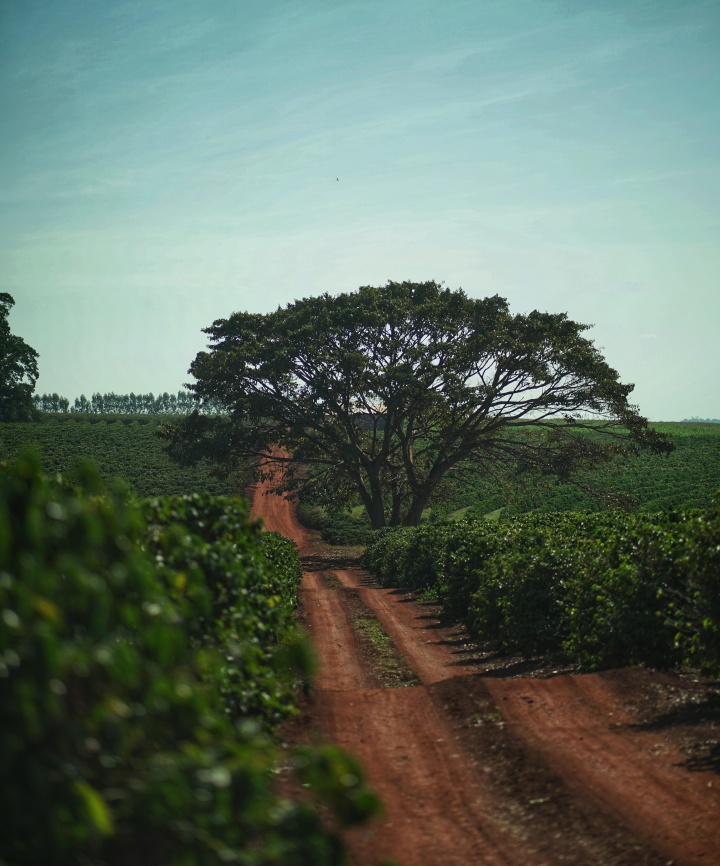The event ends. The story doesn’t.
13.10.2025
What I learned by trading the rush of delivery for the intensity of living — and how that changed the way I document the world.
I delayed this text, but for a good reason
I took longer to release this new edition of the newsletter.
And the truth is, I’m not even guilty about it.
I made a commitment to publish weekly, and after four months of consistency, “I failed.”
Not exactly failed — I simply chose to step away so I could live the real world in a unique way. And I knew it would add to the next text, to my life, and to my career.
I was living the OMDCamp, the biggest scrapbooking camp in Brazil and maybe in the world. This was the third edition.
They were intense days, surrounded by 200 women passionate about one shared purpose: creating, connecting, and getting emotional with the universe of paper.
The event is created by Lari Batista, one of the biggest scrappers in the country and, yes, my wife.
And it’s impossible not to be swept by the energy she and the team build there.
People from all regions of Brazil… reference teachers, unique materials, countless gifts… and next year, attendees from outside the country will join too.
This time, I was on both sides: part of the organizing team and responsible for the visuals. From live broadcasts to the footage that later becomes promotional material, social media posts, and campaigns for the next event.
In the middle of that immersion, I realized something most people still don’t: documenting an event is not about having a pretty video.
It’s about turning an experience into brand equity.
The event ends, but the brand cannot end with it
OMDCamp lasts only a few days.
But what happens there is so powerful that letting it die on the last day of the schedule would be a waste. It’s a massive movement from a community deeply passionate about what they do.
Audiovisual documentation isn’t just a reminder of what happened.
It extends the feeling, keeps alive the energy of those who attended, and sparks curiosity in those who haven’t been.
Strategic documentary-style event filmmaking is not a souvenir.
It’s a tool for connection.
It transforms a fleeting occurrence into something that continues to generate desire, sales, and belonging long after the lights go out.
Recording is easy. Documenting is different.
Some believe all you need is to hit the camera button and voilà: it’s recorded.
But documenting is something else entirely.
It’s understanding the purpose behind each scene.
It’s translating the emotions of those who were there into something that communicates what the event represents.
It’s building a narrative with beginning, middle, and emotion — not just pretty images.
To someone outside the context, it may look simple or disconnected.
But to those who were there, it’s an inevitable trigger of emotions, inside jokes, and exclusive moments pulled back into memory.
It’s about possibilities, unexpected turns, improvisation, adapting to what you have.
Events don’t always follow the script perfectly.
It’s about literally and intensely living the moment.
It’s not just technique — it’s sentiment, timing, perception.
Corporate event documentaries do exactly that.
They take what is “ordinary” and turn it into something lasting, strategic, meaningful over time.
The opposite of disposable content.
Discover how event footage can become a strategic documentary that generates connection, desire, and lasting brand value.
What OMDCamp taught me
During those days, I understood the power of a story that’s truly lived.
I saw people feeling deeply, reconnecting, learning, and feeling part of something bigger.
As I documented everything, I realized the video wasn’t just a memory.
It was the legacy of an event that inspires people all year long.
Every click, every shot, every testimonial had one purpose: to show what OMDCamp truly is — a gathering of creative, passionate people willing to experience something unique.
And that’s what separates an ordinary video from a documentary.
A video shows what happened.
A documentary shows why it matters.
The event passes. The story stays.
Walt Disney said people forget what you do, but remember how you made them feel.
He understood the power of stories, audiovisual, and emotion as brand language.
And that’s exactly what OMDCamp represents to me.
An event that doesn’t end on the last day, because it carries enough emotion to last the whole year.
Every time I step into that place, I feel renewed. Even with the massive amount of work it requires. Especially this year, held outside our hometown.
Still, I return with more ideas, more inspiration, and more certainty that documenting means preserving what truly matters: the feeling.
And that feeling is what drives our work at Cafeteria Filmes.
Helping brands and events not disappear in the timeline.
Transforming the ordinary into something that remains.
The event passes.
The story stays.
And the film is what makes that happen.
If you run events, why aren’t you documenting them effectively?
What’s your criteria for that?
What matters most?
Who are the ones responsible for recording and keeping that event alive in people’s memory?
Discover how event footage can become a strategic documentary that generates connection, desire, and lasting brand value.
And no matter how exhausting it is, seeing the final result playing on the big screen at the end of the event — watching each person’s emotion — that’s what makes me fulfilled, that’s what keeps that memory alive forever.
Even if, through exhaustion, a few sparks of regret appear.
But for that…
A hot coffee and a present mind.
Renan.







